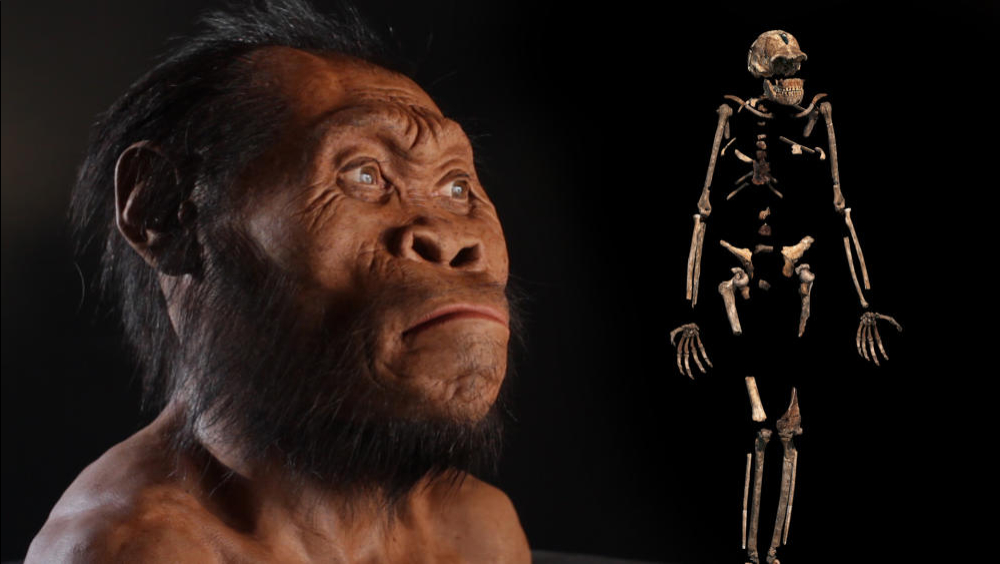A recently discovered species, Homo naledi, which harks back to the earliest members of the genus, was apparently still alive and kicking 236,000 years ago.
Washington Post takes up the story, but beware the talk of ritual, and also the claim that “One of them, an adult male they call “Neo” (“gift” in Sesotho), is arguably the most complete fossil hominin ever found”. The much older Turkana boy skeleton is probably more complete, apart from the hands, as are various later skeletons.
Homo naledi, a strange new species of human cousin found in South Africa two years ago, was unlike anything scientists had ever seen. Discovered deep in the heart of a treacherous cave system — as if they’d been placed there deliberately — were 15 ancient skeletons that showed a confusing patchwork of features. Some aspects seemed modern, almost human. But their brains were as small as a gorilla’s, suggesting Homo naledi was incredibly primitive. The species was an enigma.

Now, the scientists who uncovered Homo naledi have announced two new findings: They have determined a shockingly young age for the original remains, and they found a second cavern full of skeletons. The bones are as recent as 236,000 years, meaning Homo naledi roamed Africa at about the time our own species was evolving. And the discovery of a second cave adds to the evidence that primitive Naledi may have performed a surprisingly modern behavior: burying the dead.
“This is a humbling discovery for science,” said Lee Berger, a paleoanthropologist at the University of the Witwatersrand in Johannesburg. “It’s reminding us that the fossil record can hide things … we can never assume that what we have tells the whole story.”